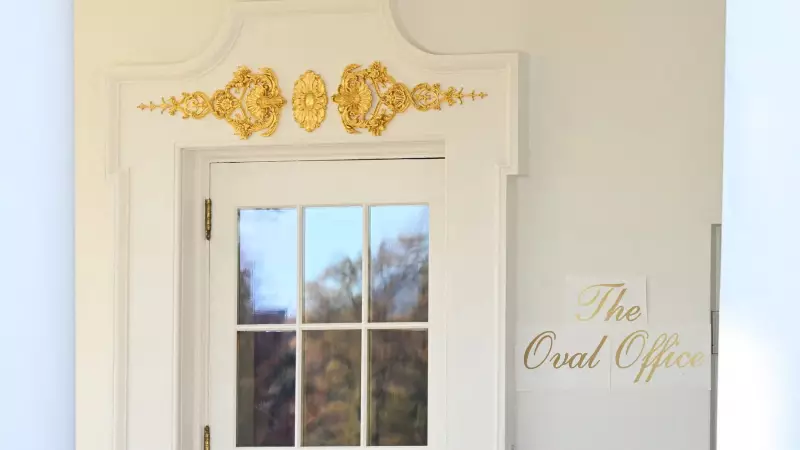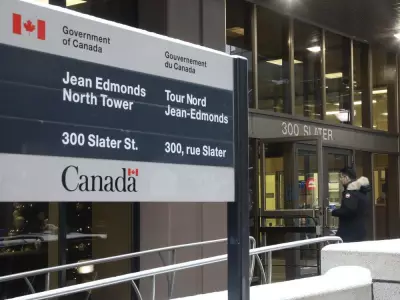
During his time in the White House, Donald Trump made several changes to the Oval Office decor, but one particular addition caught the attention of political observers and critics alike. A prominently displayed sign with an unconventional message became a talking point during his administration.
The sign, placed in full view of visitors and media, featured wording that departed from traditional Oval Office decorations. Its placement and content raised eyebrows among political veterans and sparked discussions about the messaging priorities of the Trump administration.
The Unconventional Message
Unlike previous administrations that typically displayed historical documents or inspirational quotes, Trump's sign carried a more direct and personal message. The wording reflected his business background and approach to governance, blending political objectives with personal branding in a way rarely seen in the hallowed space.
Public and Media Reaction
The sign quickly became a subject of media scrutiny and public debate. Critics argued that it represented a break from presidential decorum, while supporters saw it as evidence of Trump's commitment to his campaign promises. The controversy highlighted the ongoing tension between traditional presidential norms and Trump's unconventional approach to the office.
Political analysts noted that the sign's messaging aligned with Trump's broader communication strategy, which often prioritized direct, simple language over traditional political rhetoric. This approach became a hallmark of his administration's public facing communications.
Historical Context
The Oval Office has long served as a symbol of American democracy, with each president leaving their mark through decor choices. However, Trump's sign represented one of the more overtly political statements ever displayed in the space, blurring the lines between governance and political messaging.
The incident reflects broader questions about how presidents use symbolic spaces to communicate their priorities and how the public interprets these choices in an increasingly polarized political landscape.





